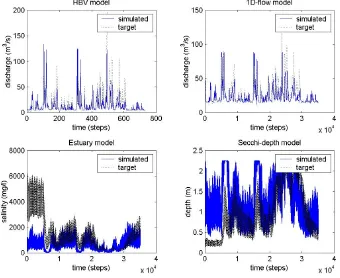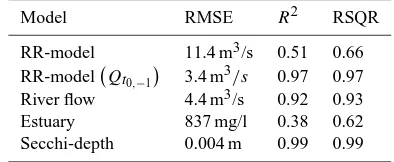Hydrological model coupling with ANNs
Full text
Figure




Related documents
Thirty patients with a diagnosis of rhinosporidiosis (through histopathological examination) were enrolled in this study, eight of these presented ocular involve- ment by the
This study analyzed rental values of five categories of residential property in Ede, Nigeria with the aim of determining the property with the highest trend and
Singha and Deka [8] studied the laminar convection flow of a viscous electrically conducting incompressible fluid between two heated vertical parallel plates in
Eight percent of patients meeting ARDS criteria within 48 h of acute hypoxemic respiratory failure onset had no common risk factor for ARDS identified upon ARDS diagnosis or
Using random forests to unco- ver bivariate interactions in high dimensional small data sets.. Proceedings of the KDD-09 Workshop on Statistical and Relational Learning in
The focus of the review is three primary streams, first, reasons and evidence of differences between countries in accounting practices; second, theories justifying the transition
Meanwhile, three major industries—fishing, forestry, and agriculture—helped drive Washington’s economy by economic activity generated by those lands the tribes have retained for
However, it is also interesting to evaluate the evolution of the spreads for each security throughout time (in the secondary market), given that this information allows for an



